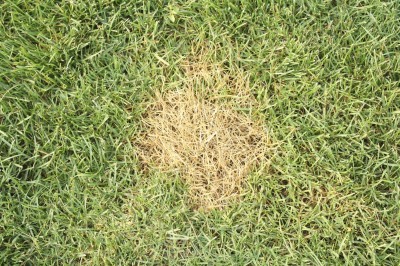






While we all dream of having a lush, green lawn, this isn’t always the case. Brown and yellow spots and bald patches in your lawn may be due to lawn diseases. Keep reading to learn more about treating lawn diseases.
Most common grass diseases are caused by fungi. Although many of the different types of diseases look similar, the basic control measures are the same:
The steps outlined below helps build a strong lawn that resists most types of turf diseases:
Lawn disease control is challenging, but good lawn care practices go a long way toward preventing them from taking hold in the lawn. These lawn care steps can help you stop lawn diseases before they become a problem.
Controlling lawn problems is easier if you can identify the specific disease, but identification can be difficult because so many diseases look alike. To make matters more confusing, lawn diseases resemble other problems such as dog urine spots, over or under fertilization, over or under watering, too much shade and dull mower blades.
Large brown spots in the lawn can indicate brown patch disease or anthracnose. Brown patch spots are usually circular, while anthracnose spots are irregular.
Spots about the size of a silver dollar indicate dollar spot. Bluegrass develops spots caused by Fusarium blight during hot, dry weather. Cool-season grass can develop Fusarium patch or snow mold after cool weather or snow melt. It can be gray or pink, depending on the type.
Copyright © www.100flowers.win Botanic Garden All Rights Reserved